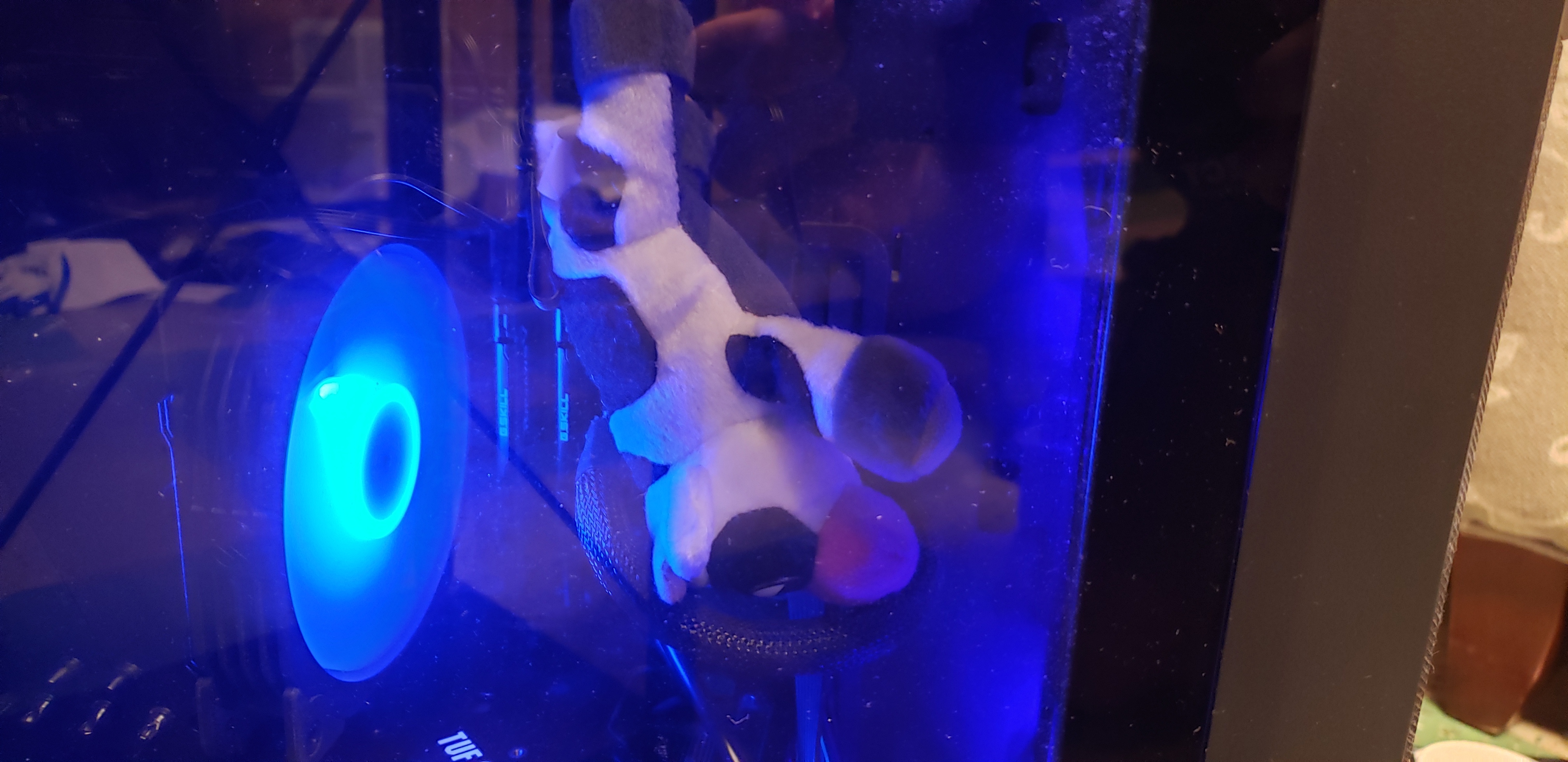If you don’t know, call someone who does.
This right here. If you have to ask this question before you trace a pipe back to it’s source and figure it out for yourself, you should not be fucking with gas lines.
That is a gas connection. Screw the flex hose on there and put soapy water on the junction to check for leaks before you open the valve.
That’s a square tip plug. It could be a gas line, but ur not getting the drier hooked up to that thing.
Gas dryer, my man.
Cheaper to run than electric.
You’re not going to see any leak without it being turned on.
check for leaks before you open the valve
Put the soap on first, then open valve. Are you having a reading comprehension problem or being pedantic?
Did you read what you wrote or you trying to be an asshole? You literally wrote, check for leaks BEFORE you open the valve.
You’re having a reading comprehension problem.
Put the soap on to check for leaks before turning tap on.
This implies the soap is to check for leaks
All I said was you need to turn it on to see if it leaks. If you’re explaining how to check for a gas leak, It’s a pretty important step. By reading his comment, if OP knows nothing about it, which is clear by their asking, they could just put soap on it, see no bubbles, and then turn it on and walk away…
If op doesn’t have the understanding of turning it on to see if it leaks op should hire someone to install their new dryer and return their adult card
Sure, but no reason to not give all the information, especially when it comes to something as dangerous as a gas leak.
Learn 2 read, poindexter.
So just an asshole, got it.
lol, you have shit reading comprehension or tried to act smart and got triggered when called on it.
So you’re an asshole and an idiot, damn, I feel bad for those around you. Anyways, have a great day/night.
(Guessing the entire argument below is based on lexical ambiguity in English)
Where does the pipe go?
This is the only response. If you truly can’t tell where tf it’s coming from, then start sniff testing and fuckin around with buckets.
Does traction work on lemmy same as reddit? Doots and comments make go up?
I think users can just sort the comments by ‘top’.
I did not know gas powered dryers existed. Is that just super old or something?
I’m in southern California and I think most houses have gas hookups for driers, often with gas stoves and gas water heaters too.
They work well and just make a lot of sense. However, I think they tend to be more expensive than electric clothes dryers.
They were cheaper back in the day, but they’re much more dangerous.
How so?
If the vent plugs up you’re now having carbon monoxide inside your house, it uses a flame to heat, so more potential for fire. If something goes wrong you can have a gas leak. Electric is install it and forget about it, gas you have to watch it. That being said, I prefer gas, it’s more efficient, just have a carbon monoxide detector in the room with the dryer and clean your vents regularly.
To be fair: Electric dryers are still very much a fire hazard, if they’re not properly maintained. But a much smaller one.
I suppose the flame is a fair concern, but it’s pretty well protected. I had to open up my Maytag to replace the solenoids a little while ago and I was satisfied with the safety of the design. The burner valves fail closed and don’t open unless safe conditions are met.
Just clean yo stuff
Negative. I bought a new gas dryer ~8 years ago and did plenty of research at the time. Electric dryers are FAR more likely to cause a fire.
Your research must have changed, as did mine. They’re equally likely to cause a fire, but with gas you have the additional concern of carbon monoxide and gas leaks.
Electric dryers are FAR more likely to cause a fire.
Citation needed.
“LED flashlights are FAR more likely to cause fires than my trusty Tilley-lamp!”
I think someone doesn’t understand conditional probabilities. It’s as if you’re arguing that cows are more dangerous as animals than sharks, because more people die to cows than sharks. This omits the fact that a lot more people interact with cows than sharks.
Just like if you look at stats on appliance fires. I wouldn’t have even guessed that even in Hicksville USA, people still actually run gas appliances. D’you also have a gas fridge?
Other than camper vans from the 80’s, I haven’t even seen gas powered appliances. Even in the army in the 00’s, we would use diesel-generators and then use electricity. Well aside from the stoves, which weren’t gas either. Diesel burners.
But yeah I’d be interested to be proven wrong and have you prove that electric dryers are more likely to catch fire.
They are super common here in the midwest. I don’t know anyone with an electric drier.
Is that midwest usa? They’re news to me jn the Netherlands
Yes, midwest USA. We all have gas pipes into the house for heating. So it became the default for stoves, hot water heating and clothes dryers.
I’ve committed to not buying new gas appliances when the old stuff breaks. I switched to a heat pump water heater last year. I really want to get rid of my gas stove next.
There’s gas here too, I just never thought of using it for a dryer. Personally I’d like to ditch has ASAP too
East coast USA, also in abundance here. A good deal of homes have all gas appliances.
Gas has a distinctive small. Open it and see. Obviously if you do smell gas, ventilate the room and wait for it to clear.
Yeah it’s not dangerous to just open it for a second to smell. The handle looks to be blue though, so i’d wager it’s more probable to be water and keep a bucket under it.
Never trust colors with piping or wiring, always assume it’s wrong and do proper tests.
This, so much this.
Exactly, you have to imagine that whever picked the color coding for any wire or pipe just really liked that color so they picked it.
I should rewire my house all black, and then in 5 years play “find the spicy wire”.
Hence the word “probable”
I had some people install a new water heater at my place. They turned off what was labeled as the water heater at the breaker and proceeded to change out the heater.
I noticed later that it seemed odd that the AC hadn’t cycled on all day. Eventually realized the circuit breaker was mislabeled.
The guys doing the water heater replacement were working on a live line and I guess they didn’t bother to check with a multimeter. Jesus. They didn’t get hurt/killed thankfully.
Can you put a balloon over the nozzle and turn it on to see what comes out?
Follow the pipe and see what it connects to. If it connects to another pipe that is attached to a faucet it’s water. If it connects to another pipe that attaches to your furnace it’s gas
Is that a plug i see there on the end? Have you considered removing it and opening the valve a little to see what comes out?
its like kinda open on the bottom so not all the way plugged? kinda the main reason its confused me tbh ive never seen an attachment like it in my life
So that’s an NPT plug on the bottom. Hold the ring above the plug with one wrench and use another on the plug to unscrew it a bit. It’s painted over so it’ll be tough, though if you squeeze the two wrenches together it should come.
Just unscrew it a bit, and if the upper wrench is moving, stop and make sure you aren’t messing up the valve since if that ring comes off the bottom of the valve, you’ll have a hell of a time because the valve will drop apart.
If you crack the valve and smell gas, you have gas to that valve. Unless there’s another valve or that line is cut off, I would bet money that is gas. You will now need an NPT to flare fitting to put where that plug is, and an appropriate length flexible extension pipe from the dryer to the flare fitting. These are usually a yellow extension that you get at the hardware store. Get one long enough to be able to pull the dry our a bit and move it around, but not overly long. Use some gasline teflon tape (yellow again) or gas pipe dope to put the NPT adapter in, but don’t use anything on the flare fitting connections at the adapter and the dryer.
When you have everything hooked up, use soapy water and turn on the valve. If you see any bubbles at any of the connections, turn it off and tighten. It shouldn’t take all that much force to tighten a flare fitting so don’t go overboard.
If any of this confuses you, stop, watch some youtube videos, and if you’re still uncertain, hire a professional. Most plumbers can do minor gas fitting like this for you, you don’t need a gas installer.
It’s difficult to see from the picture provide what you might mean by “kinda open”. Can you provide a picture or may be an example of what is fastened to the valve body opposite the pipe? If you can’t, is what’s depicted in this link what you see? https://www.mcmaster.com/mvC/Library/20210709/7CBF13E4/4627K333_Medium-Pressure Iron Pipe Fitting.PDF
It’s a gas line. It has a plug. Remove the plug and install the flex line. If you don’t have a line you have to buy the installation kit for your specific dryer.
Hardware store may have a generic part.
could be either. can you get a better look at the coding on the valve itself? painted white, on the right side
Meaningless really. Who’s to say it was installed properly to begin with
Aren’t water and gas valve physically distinct?
Not necessarily. There’s many types of valves obviously, but the most common is W.O.G. (Water, Oil, Gas) used in domestic applications, meaning it can be used for either. Easiest way to tell is the material the rest of the piping is done in.
For example, this looks like 3/8" or 1/2" black iron pipe, meaning it would and should not be used for drinking water, so you could safely assume it’s gas as there aren’t that many different services running through a common household. You can always open it slightly and see what comes out.
All this being said, please for the love of all that is holy, do NOT install your own gas lines if you don’t know what you’re doing! It’s not as simple as running water, gas has a lot more to consider when piping such as length of run, size of appliance(s), and their respective pressure requirements. Call someone with a gas ticket
Not necessarily from the handle. The actual threading on the pipes should be opposite. Lefty tightly, righty loosely for gas. But that assumes it was done correctly and using the correct materials.
That’s not a given, MANY builders don’t follow code and local inspectors will still pass the home with obvious and dangerous flaws because they’re getting kickbacks.
Looks like one to me











